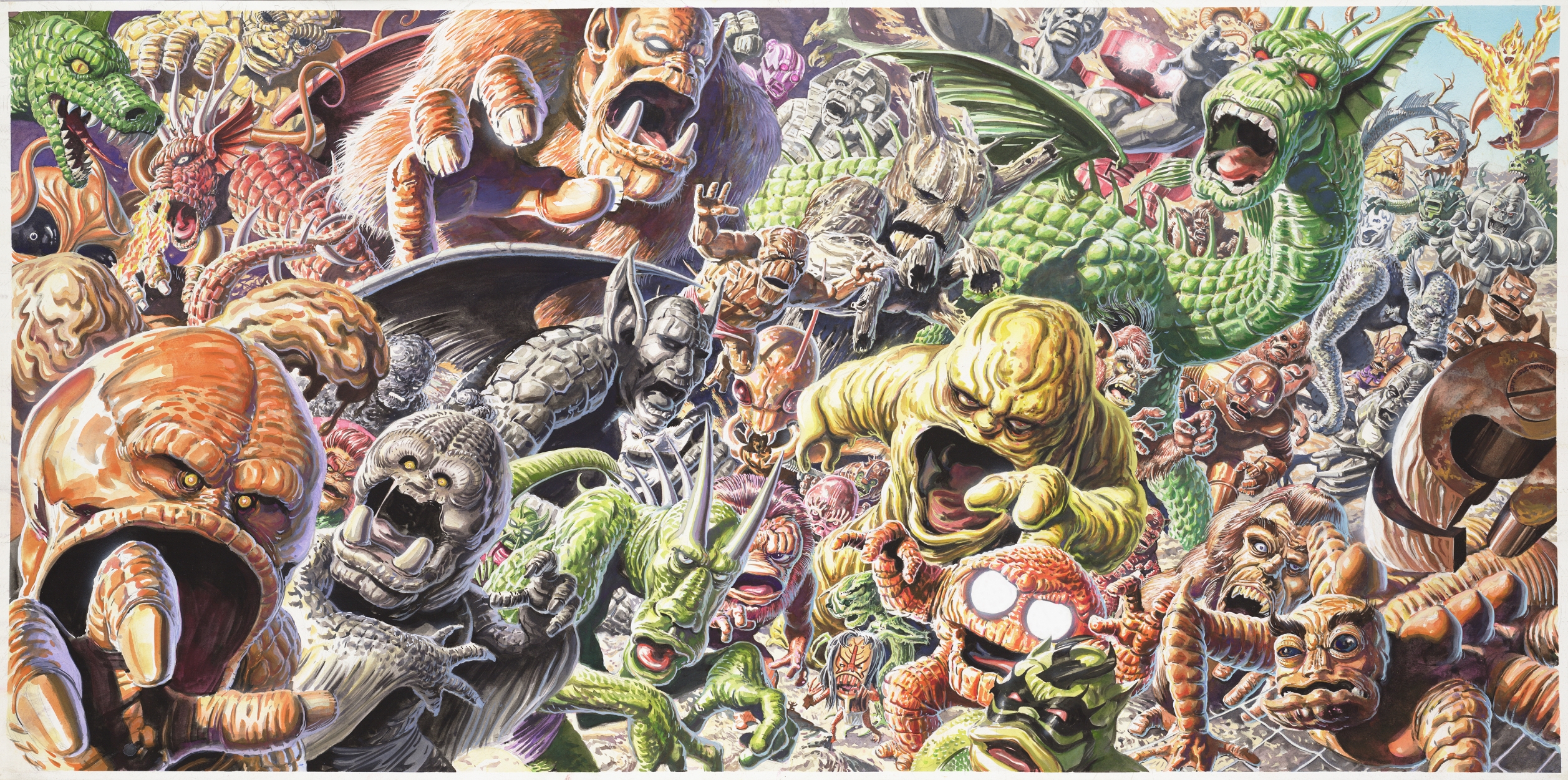
Looking for pawns in a contest with Kang the Conqueror, the Grandmaster decided to recreate members of the Crime Syndicate of America from an alternate Earth to fight the Avengers. He called his creations the Squadron Sinister. The current Owlman in the world of the Crime Syndicate was Bruce Wayne, the son of Thomas Wayne, jr., the eldest son of Thomas and Martha Wayne. This Bruce Wayne had no exact counterpart on the Earth of the Avengers, but privileged, scion of wealth, Kyle Richmond had the same mother (or technically, her alternate Earth counterpart) and the same arrogance and sense of entitlement.
The Grandmaster manipulated Richmond into assuming the identity of Owlman and partnered him with his Ultraman and Power Ring doubles. The Avengers defeated the Squadron, though Grandmaster ultimately out-maneuvered Kang. The game finished, the Grandmaster left the Squadron to their own devices. Owlman continued as a criminal for a time, but ultimately turned against his fellow Squadron members when they sought to aid the alien Nebulon in melting the polar ice caps. He alerted the Defenders and joined them in battle against his former allies.
Richmond’s heroic actions nearly cost him his life, but he was saved by the Defenders and granted “membership” in their (non-)team. Turning his back on his old life, he took the name Nighthawk after the masked crimefighter of the Old West, a hero of his youth. The road to reform wasn’t easy for Richmond, he faced legal troubles and the ghosts of his past. Ultimately, he died defeating a plot to precipitate World War III by a psychic attack on the Soviet Union.
Only a few years after his death, another young man would take up the identity of Nighthawk and form a new iteration of the Teen Titans. This was Dwayne Taylor, whose parents had been killed by white supremacists, whose group, ironically, was being supported by Richmond’s own company without his knowledge.






:no_upscale()/cdn.vox-cdn.com/uploads/chorus_asset/file/3507442/Screen_Shot_2015-03-15_at_10.56.30_PM.0.png)

















































